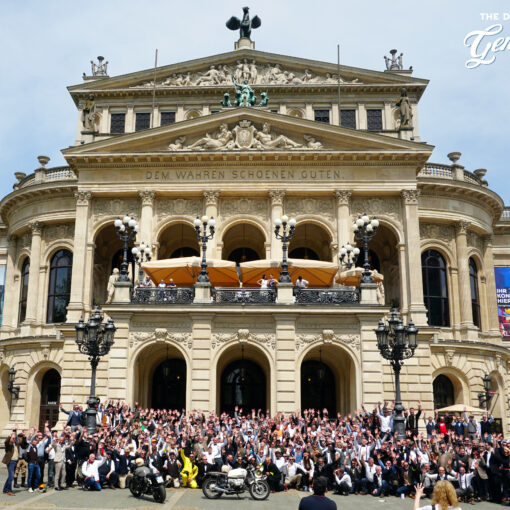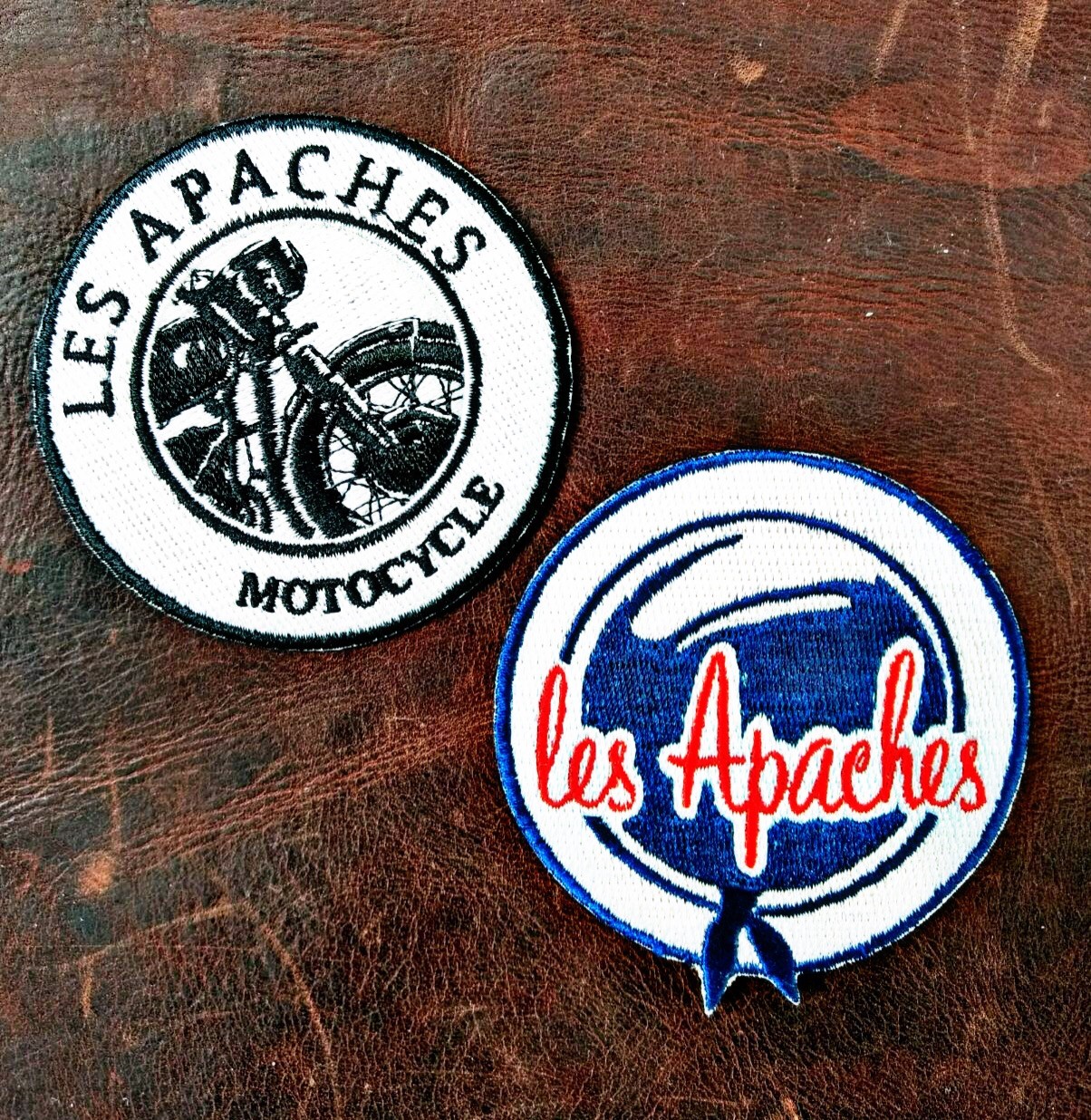It is difficult to determine precisely the period and place where the café racer phenomenon began, but there are three elements that define it unequivocally: a jukebox, London’s Ace Café and road racing. The café racer movement, which originates from a subculture of the rock ’n‘ roll music scene, became popular in England in the Fifties. At the time, young British blue collar workers spent much of their time in cafés, the only places they could go to listen to music by Elvis Presley, Gene Vincent, Bo Diddley, Eddie Cochran and Chuck Berry

It was the music of rebels, fast and aggressive, representing the rockers‘ way of life and pairing it with a motorbike was the perfect fit. Before World War II, motorbikes were so expensive that they were owned solely by wealthy people, but in the 1950s they became accessible to working class youths: the world changed. They interpreted them with a sporty look, transforming them in their home garages with a craft-based approach, a task that makes them hard, rebellious, essential.
The goal was to achieve speed so there was no time for aesthetic research, for frivolities. London garages produced lean bikes, with a single seat, a low handlebar and racing tanks, usually made of aluminium or painted black, with duckbill silencers and rear-set foot pegs.
Parked in front of the café, they stood out for their rough and tough appearance, which is what makes them so charming.
How the challenge worked
Café racers knew one another really well; they knew who was fast, who was courageous and who was reckless. They awaited new preys at the café: when a bike sped past at a speed they deemed appropriately high, they would immediately set off to challenge it. The races consisted of a short sprint on the road, sometimes just a little over a few hundred metres; the classic lap started off at the Ace Café, turned under the overpass, the brick one with the “Ferodo” sign that is still there today and then the bikes raced back.
There are also some fascinating tales that bring together racing and a jukebox: at the time, songs lasted about two minutes, so they were used to time the challenges. The bikes set off as soon as the first notes rang out, a default route was followed, and the bikes had to return before the song ended.
Marlon Brando
The phenomenon thus officially started in England, but an important precedent was set in the USA: in 1953, the film The Wild One tells the story of a band of motorcyclists, the Black Rebel Motorcycles Club. The “boss” is Marlon Brando, sporting a hat, a leather jacket, turned-up jeans and engineer boots. He rides a 1950 Triumph 6T Thunderbird and he is responsible for making that style famous, the same style we find on the outskirts of London at the same time.
The spirit of Brando’s group is however quite different from that of the groups at the Ace Café: the Americans are rebels who live on the borders of the law; the English are mostly busy listening to (American) music and competing in speed races.

Where does the name come from?
Bikers at the time were mostly teenagers and in England the “cafés” where they met up were intended for adults, for grown-ups, so they were called “working men’s cafés” or “greasy spoons”, to indicate cheap restaurants which typically served fried food and home-made budget meals.
These venues were patronised by builders and workers, lorry drivers mostly, who barely registered these teenagers racing around on their bikes. At the time the real racer riders were altogether different and they were addressed as follows: “You are not Mike Hailwood or Geoff Duke, you are just café racers“. And the name stuck.
Despite the subtle mockery, the boys immediately took to this definition: they considered it a disconcerted title that acknowledged the amateurism they were proud of. They didn’t want to be boring professionals but rather mix irony and heroism, to give a burst of energy to the monotonous urban world around them.
Ton-up Boys
All the boys in the café were known as café racers but only an exclusive group could call themselves Ton-Up Boys. “Ton” stands for tonne, and “doing the ton” meant being able to reach 100 miles per hour, an important limit because the speedometer needle reached a three-digit number, a point of honour that was often used as a test they needed to pass in order to be respected and join the club.
These days, 100 miles per hour (just over 160 km/h) is a laughable speed , which we reach on a medium displacement bike quite easily, but back then it was difficult to beat and very risky because the engines were not very powerful and the bikes had rough chassis and weak brakes.
Moreover, the bikes raced on the road, and the asphalt surface was often uneven and soiled with the oil and petrol left behind by lorries; the riders didn’t have any protective clothing, they just wore – like Brando – jeans and a leather jacket, and in the 1950s helmets weren’t even compulsory (and their hair style wasn’t spoiled either). That’s also why the Ton-up boys, who competed in these crazy road races, became legendary. Achieving that legendary speed on their bike was a test of their courage.
FOLLOW US ON INSTAGRAM: https://www.instagram.com/les_apaches_caferacer/






